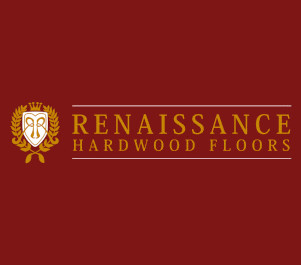Having already had our first tastes of winter weather here in Tulsa, it looks like Green Country is set for a chilly winter season. When ice and snow become a problem, the sand and salt we use to clear the roads can get tracked into your home on shoes and boots—and that can be a problem for your wood floors. What can you do to be proactive and protect your floors when the driveways, sidewalks and streets are coated with salt? Let’s explore this question a bit.
How Salt and Sand Can Damage Your Floors
Why is it so important to guard hardwood floors against salt and sand? These elements can damage your floors in a couple of different ways:
- The coarse grains can scratch the floor. When we leave salt or sand on the floor, the grains can scratch the wood and/or the finish when people step on them.
- The chemicals are corrosive. The salts we use on roads have a natural high pH similar to the chemicals we might use to strip a floor of its finish. Ice melt products may also have other chemicals that can cause damage.
Take Steps to Protect the Wood
Most of the time, we can stop salt or sand damage before it ever starts just by taking a few proactive steps. To keep your hardwood floors safe, try the following:
- Leave boots and shoes in a tiled foyer or mudroom. The best way to keep salt from damaging the floor is never to let it get there in the first place. Have family and visitors remove footwear at the entrances to your home, especially in snowy or icy weather.
- Place floor mats at entrances. If removing shoes isn’t your thing, floor mats are the next best thing. They can trap and keep most salt and sand grains before they enter the room. Similarly, try using runners and rugs to cover high traffic areas for more protection.
- Clean floors regularly. If you see sand or salt particles on the floor, get them up quickly with a vacuum or hand vacuum. (You can also use a broom, but be cautious because broom brushes can also grind the salt into the wood.) If snow melt gets on the floors, dab it up with an absorbent cloth or towel.
Cleaning Salt or Ice Melt Stains/Film
If you miss an opportunity to remove salt or ice melt, you may notice a film on the floor when the moisture dries. This generally means the chemical has interacted with the finish and left an alkaline residue. To prevent further damage, try using a slightly moist cloth to clean the residue. If the film returns when the floor dries, try neutralizing the alkaline residue with vinegar mixed with water (one cup of vinegar per gallon). Apply the solution gently using a circular motion, then buff it dry immediately to keep the moisture from seeping into the wood. Always test on an inconspicuous corner first to make sure the vinegar won’t discolor the wood.
If you notice salt damage to your wood floors and have concerns about how to prevent further damage, Renaissance Hardwood Floors can offer solutions. Give us a call at 918-298-4477 or leave us a message here.

